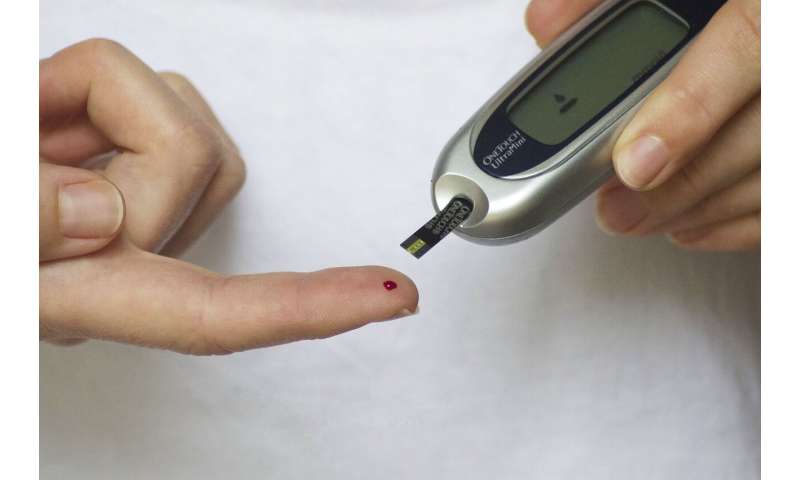
A team of researchers at The Ohio State University has developed a pin-prick-type blood test for measuring the amount of radiation exposure in mice. In their paper published in the journal Science Translational Medicine, the group describes building on previous work to develop the test, and how well it worked in lab mice.
As the researchers note, accidental or intentional nuclear explosions remain a threat today, despite a reduction in the arms race between superpowers. Thus, research continues on ways to treat people who are impacted by such events. People close to such an event will not likely need medical care, for obvious reasons—but for those who are far enough away to survive, a need exists to measure their radiation exposure as quickly as possible. The current method is called a dicentric chromosome assay—it involves looking for DNA damage, and sadly, can take up to three or four days to return results. People who have been exposed to dangerous levels of radiation need treatment right away because they can experience damage to their GI tract and bone marrow. In this new effort, the researchers looked for a way to return the same degree of accuracy more quickly.
The work built on the results of an effort by the same team back in 2013 in which they isolated two non-coding kinds of RNA molecules that might be useful for treating radiation exposure: miR-150-5p and miR-23a-3p. Both exist in the blood and are easily measurable. The researchers found that miR-150-5p was very sensitive to radiation exposure, while miR-23a-3p was not. This led them to conduct experiments with the molecules and test mice.
Source: Read Full Article
